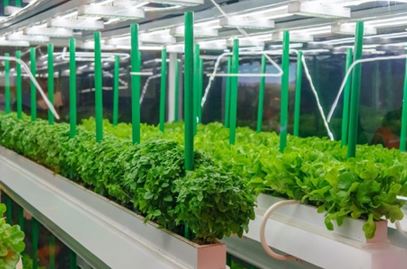Project Info
COMPLETE
 Project Title
Project Title
 Project Title
Project Title
Market Characterization of Indoor Agriculture (Non-Cannabis)
Project Number ET20SCE7050 Organization SCE End-use Process Loads Sector Agricultural Project Year(s) 2020 - 2022Description
Market Characterization of the indoor agriculture market, future outlook, and savings potential. To address challenges of climate variability, population growth, and land use, there have been efforts to grow more products in urban areas. Indoor farming is beco more common but come with various challenges, most of which relate directly to electricity consumption.
Project Report Document
Loading PDF Preview...
